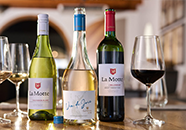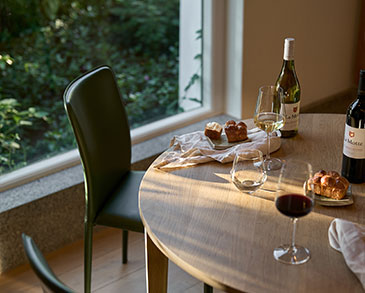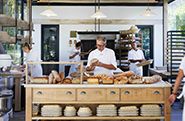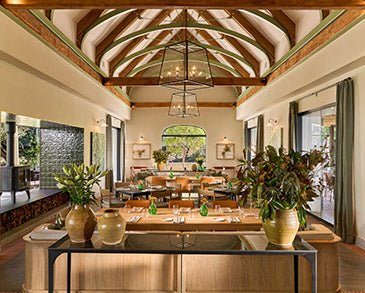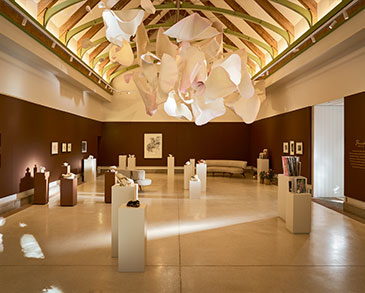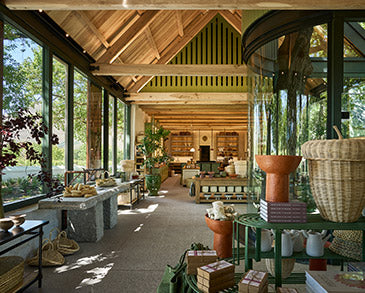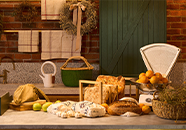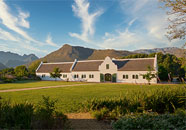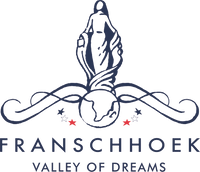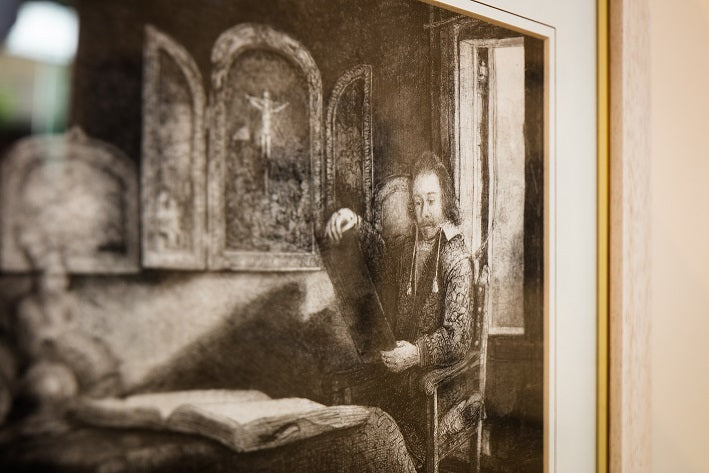
A new exhibition, entitled Ink on Paper opens on 17 July in the La Motte Museum. The exhibition focuses on the main categories of printmaking, illustrated by a special selection of Rembrandt van Rijn etchings as well works by relevant South African artists and printmakers. The exhibition is on display until June 2019.
JH Pierneef is considered as one of the earliest printmakers in South Africa and his linocuts, familiar to those who frequent the estate, served as inspiration for the exhibition on printmaking.
Printmaking is often over-looked, especially in the company of disciplines such as painting and sculpture. Ink on Paper focuses on introducing the four main printmaking techniques: relief, intaglio, planographic and stencil.
Printmaking, specifically woodcuts, dates to the 9th century in China. By the 14th century printmaking made its way to Europe, leading to the development of more techniques. Featuring the development of printmaking, the La Motte exhibition showcases 20 etchings by Rembrandt van Rijn (1606-1669) from the Rupert and Rembrandt Art Foundation collections. These works represent the intaglio printmaking technique of the 17th century master, regarded as the international print master of all times.
Intaglio means to incise into the matrix. The ink adheres to the design that is cut, scratched or engraved into a metal plate and then transfer to the paper. The various intaglio techniques include – Engraving, Drypoint, Etching, Mezzotint and Aquatint. Rembrandt is known as a master of drypoint and etching. Visitors to the Museum can expect to see his favourite motifs: picturesque studies of beggars, his wife Saskia, his acclaimed self-portraits and his world renowned biblical scenes.
Prints by South African printmakers or artist-printmakers represent the other three techniques and artists included in the exhibition are Walter Battiss, Deborah Bell, Gregoire Boonzaaier, Gillian Condy, Hilary Graham, Pauline Gutter, John Manning, John Muafangejo, Gerhard Marx, Joshua Miles, Karel Nel, Bonnie Ntshalintshali, Cecil Skotnes, Velile Soha, Irma Stern, Margaret Vorster and Judy Woodborne. The selection of prints is on loan from the Rupert Art Foundation, SA Print Gallery and various individual artists.
Relief works are printed from raised areas. Here the ink-less or non-print areas on the paper reflect the areas that are carved-away. Techniques include – Woodcut, Wood Engraving, Linocut, Reduction Woodcut or Linocut. Relief is one of the best- known techniques for printmaking in South Africa. Since the 1920’s, art centres such as Rorke’s Drift and Polly Street excelled in educating students with this technique.
Planographic printmaking technique sees the flat surface of the matrix treated with ink. Here neither the incised or raised areas transfers ink to the paper. It is the technique with the most freedom as the plate can be sketched upon with grease crayons, inks and paints. Techniques include Lithograph and Monotype. A variety of equipment is needed for lithographs and it is a printmaking technique better done at art centres and studios, than at home.
The technique used for Stencil prints is the only one where the transferred image is not a mirror reflection of the matrix. With screen printing (Serigraphy) being the most dominant, the artist cuts designs from various plates. Each plate or design corresponds to a selected colour that is passed through a screen or mesh. The printed design is the result of layers of colour. Stencil printing is one of the quicker printing methods for printing high volume editions.
Due to the practical nature of the exhibition, guests and art lovers can expect demonstrations and workshops by local printmakers. Details to be announced.
Exhibition info:
Venue: La Motte Museum, La Motte Wine Estate
Date: 17 July 2018 – 30 June 2019
Hours: Tuesdays to Sundays: 09:00 – 17:00
Entry: Complimentary
Image:
JH Pierneef (1886 – 1957), Baobab Tree, Linocut.
Collection: La Motte Wine Estate

